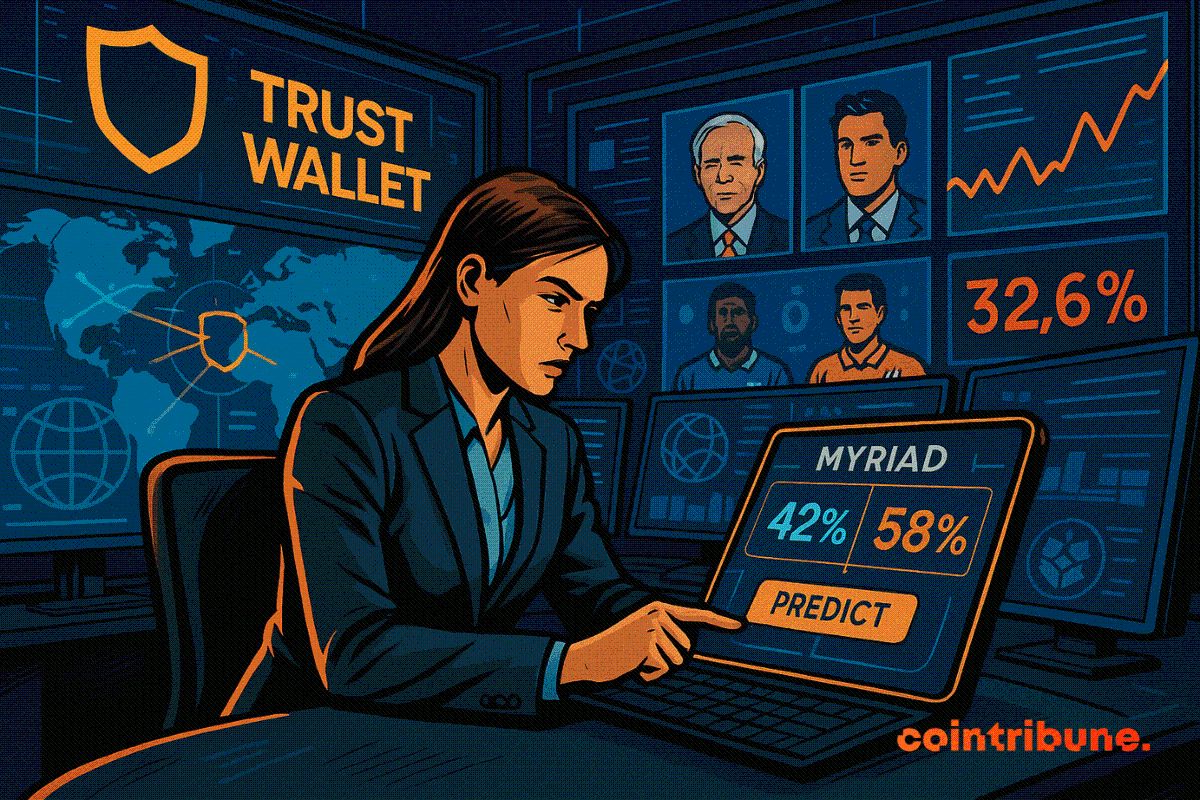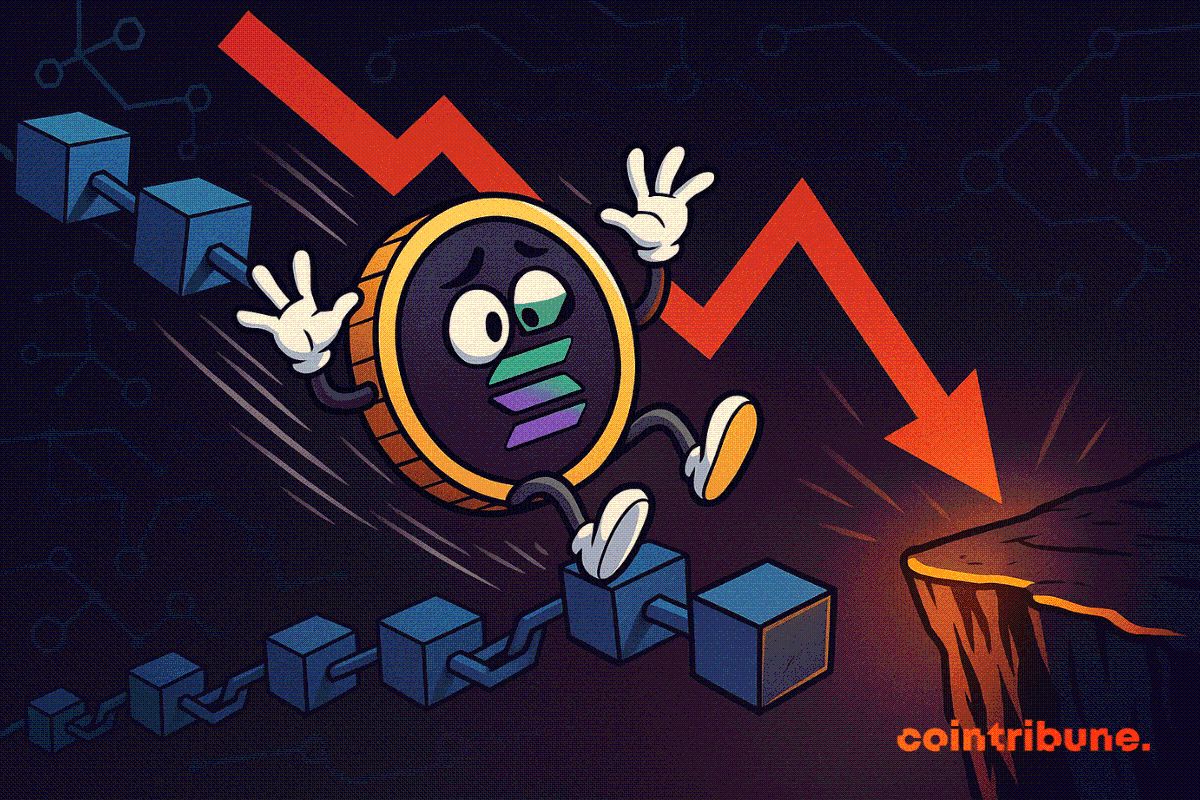-
Arthur Hayes, co-founder of BitMEX, challenges conventional investment wisdom by urging investors to reconsider their exposure to U.S. government bonds in favor of Bitcoin and innovative financial assets.
-
Hayes highlights the strategic role of stablecoins as liquidity tools leveraged by traditional banks to sustain government debt markets, reshaping the financial ecosystem behind the scenes.
-
According to COINOTAG, Hayes warns that sticking to low-yield bonds amid inflationary pressures risks eroding wealth, while Bitcoin offers a decentralized, scarce alternative with significant growth potential.
Arthur Hayes urges investors to pivot from U.S. bonds to Bitcoin, revealing stablecoins’ hidden role in liquidity management and highlighting new financial dynamics reshaping crypto markets.
Arthur Hayes’ Critique of U.S. Bonds and the Case for Bitcoin Investment
For decades, U.S. government bonds have been regarded as the cornerstone of conservative portfolios, prized for their perceived safety and steady returns. However, Arthur Hayes presents a compelling argument that this traditional asset class no longer offers the security investors expect. In his recent analysis, Hayes emphasizes that the fixed yields of bonds are increasingly undermined by persistent inflation, which diminishes their real value over time. This erosion of purchasing power, coupled with the opportunity cost of capital tied up in low-yield instruments, makes bonds a less attractive option in today’s economic environment.
Hayes advocates for a strategic shift toward assets like Bitcoin and the Nasdaq, which embody growth potential and resilience amid macroeconomic uncertainty. Bitcoin’s decentralized nature, capped supply, and resistance to censorship position it as a robust store of value and inflation hedge. This perspective challenges investors to rethink portfolio allocations, prioritizing assets that can preserve and enhance wealth in a rapidly evolving financial landscape.
Stablecoins as a Strategic Liquidity Mechanism in Modern Finance
Beyond his critique of bonds, Hayes offers a nuanced view of stablecoins, such as USDC and USDT, which are often perceived merely as tools for seamless cryptocurrency transactions. He reveals a deeper, more strategic function: stablecoins serve as a liquidity conduit for traditional banks, enabling them to purchase substantial amounts of U.S. government debt without relying on Federal Reserve quantitative easing.
This mechanism effectively creates a “liquidity weapon,” allowing banks to channel capital into government securities through stablecoin reserves held in commercial banks. Hayes argues this process sustains demand for government debt discreetly, circumventing the need for overt central bank interventions. The stablecoin ecosystem thus becomes an integral part of the financial system’s plumbing, facilitating continuous government funding while maintaining market stability.
The Influence of Traditional Banks in the Stablecoin Ecosystem
Arthur Hayes underscores that the true beneficiaries of stablecoin liquidity are not the fintech issuers but the major banks orchestrating this flow. These institutions leverage stablecoin reserves to invest in short-term government debt, effectively conducting a form of “shadow quantitative easing.” This strategy allows banks to inject liquidity into the bond market without the transparency and public scrutiny associated with Federal Reserve operations.
Hayes’ insights suggest that despite public narratives focused on inflation and interest rate adjustments, the underlying financial infrastructure is adapting through stablecoins to ensure ongoing demand for government obligations. Investors are encouraged to shift their focus from fintech innovations to the strategic maneuvers of governments and banking giants, who are shaping the future of liquidity management and financial policy.
Bitcoin’s Enduring Appeal Amid Financial System Transformations
In light of these developments, Hayes consistently champions Bitcoin as a premier investment choice. Unlike traditional financial instruments susceptible to inflation and centralized control, Bitcoin offers a decentralized, scarce asset with a fixed supply of 21 million coins. This scarcity, combined with its censorship-resistant design, makes Bitcoin a compelling hedge against inflation and governmental monetary policies.
Hayes highlights Bitcoin’s superior upside potential compared to bonds, driven by growing institutional adoption and network effects. Moreover, Bitcoin’s global accessibility fosters financial inclusion, providing a permissionless system that transcends geopolitical boundaries. This positions Bitcoin not only as a store of value but also as a transformative financial asset aligned with the evolving dynamics of global markets.
Strategic Takeaways for Investors from Arthur Hayes’ Analysis
Arthur Hayes’ insights provide a valuable framework for investors navigating today’s complex economic environment. Key recommendations include:
- Reassess traditional investment advice, particularly the reliance on low-yield U.S. bonds.
- Allocate capital toward disruptive, high-growth assets like Bitcoin and technology-driven equities.
- Recognize the strategic role of stablecoins as liquidity instruments controlled by major banks.
- Monitor the actions of governments and financial institutions as primary drivers of market liquidity and policy.
By embracing these principles, investors can better position themselves to capitalize on emerging opportunities and mitigate risks inherent in the shifting financial landscape.
Conclusion
Arthur Hayes’ recent commentary serves as a critical wake-up call for investors to challenge entrenched beliefs about safe assets and market liquidity. His analysis reveals a fundamental transformation in how government debt is financed and highlights Bitcoin’s unique role as a resilient alternative in an inflationary and increasingly centralized financial system. For forward-thinking investors, the message is clear: diversify beyond traditional bonds, understand the evolving stablecoin landscape, and consider Bitcoin’s potential to safeguard and grow wealth in the new era of global finance.




